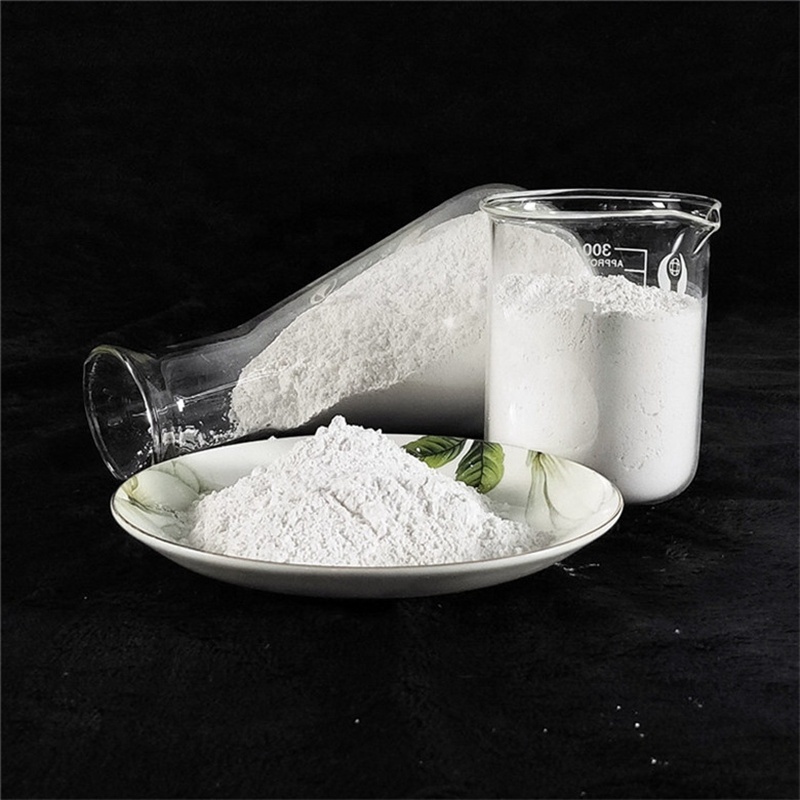Introduction
In the field of flame retardants, inorganic hydroxides are widely used due to their environmental protection, low toxicity and high efficiency. Among them, aluminum hydroxide (Al(OH)₃) and magnesium hydroxide (Mg(OH)₂) are the two main types. However, with the development of materials science and the improvement of flame retardant performance requirements, magnesium hydroxide has gradually shown better performance than aluminum hydroxide. This article will analyze in detail the advantages of magnesium hydroxide in flame retardant applications from the aspects of thermal stability, smoke suppression performance, environmental protection and processing adaptability.
1. Higher thermal stability, suitable for high temperature processing
The decomposition temperature of magnesium hydroxide (about 340-350°C) is much higher than that of aluminum hydroxide (about 180-200°C), which makes it more stable during the processing of high-temperature polymers (such as engineering plastics, wire and cable materials).
Aluminum hydroxide: It starts to decompose at around 180°C, releasing water vapor and absorbing heat, but this temperature is close to the processing temperature (160-220°C) of many plastics (such as PP, PE), which may cause the material to decompose prematurely and affect the processing performance.
Magnesium hydroxide: The higher decomposition temperature makes it suitable for polymers with higher processing temperatures (such as nylon, PBT, etc.), and Magnesium hydroxide for fire retardant will not decompose prematurely during processing, thereby ensuring the mechanical properties and flame retardant effect of the material.
2. Better smoke suppression performance
Mag hydroxide Flame Retardant can significantly reduce smoke generation during combustion, which is crucial to improving fire safety.
Aluminum hydroxide: Although it can reduce smoke, its smoke suppression effect is not as good as magnesium hydroxide.
Magnesium hydroxide:
Mag hydroxide Flame Retardant absorbs more heat during decomposition (1.3 kJ/g vs. 1.0 kJ/g of aluminum hydroxide), which can more effectively reduce the combustion temperature.
The generated magnesium oxide (MgO) can form a dense protective layer to inhibit the release of combustible gases and smoke.
Studies have shown that the amount of smoke produced by Mag hydroxide Flame Retardant system is about 30% less than that of aluminum hydroxide system, which is particularly suitable for occasions with strict requirements for low smoke (such as subways, aviation, and building interior materials).

3. More environmentally friendly, no harmful residue
The decomposition products of Mag hydroxide Flame Retardant are only water and magnesium oxide (MgO), which are completely non-toxic and harmless, and comply with modern environmental regulations (such as RoHS, REACH). In contrast:
Aluminum hydroxide: Although it is non-toxic in itself, some aluminum-containing flame retardant systems may cause aluminum ion residue problems, and long-term contact may have potential effects on the human body and the environment.
Magnesium hydroxide:
Magnesium hydroxide for fire retardant does not contain halogens and does not produce toxic gases such as dioxins.
Magnesium hydroxide for fire retardant is suitable for fields with extremely high safety requirements such as food packaging and medical devices.

